Electric
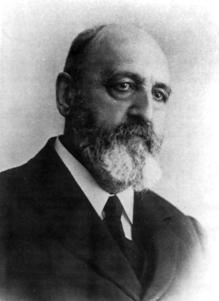
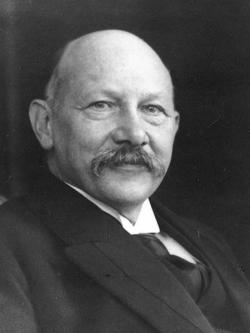
On 8 April 1911, Professor Heike Kamerlingh Onnes and his collaborators, Cornelis Dorsman, Gerrit Jan Flim, and Gilles Holst, discovered superconductivity. They observed that the resistance of mercury approached "practically zero" as its temperature was lowered to 3 kelvins. Today, superconductivity makes many electrical technologies possible, including Magnetic Resonance Imaging (MRI) and high-energy particle accelerators.

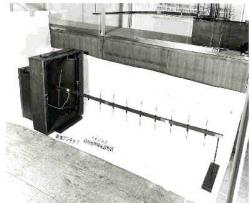


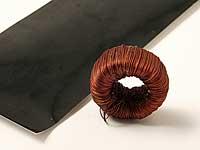
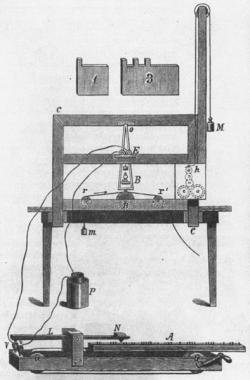


Innovations
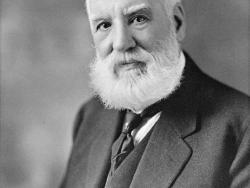
On 10 August 1876, Alexander Graham Bell demonstrated on this site that the human voice could be transmitted electrically over distance. While family members spoke into a transmitter in Brantford, 13 km away, Bell was able to hear them at a receiver located in Paris. This test convinced Bell…
Read More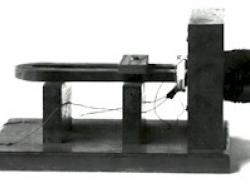
The first transmission of intelligible speech over electrical wires took place on 10 March 1876. Inventor Alexander Graham Bell called out to his assistant Thomas Watson, “Mr. Watson, come here! I want to see you.” This transmission took place in their attic laboratory located in a near here at…
Read More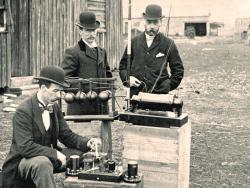
The first use of wireless telegraphy in the field occurred during the Anglo-Boer War (1899-1902). The British Army experimented with Marconi's system and the British Navy successfully used it for communication among naval vessels in Delagoa Bay, prompting further development of Marconi's…
Read More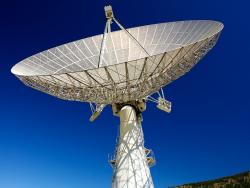
On the morning of 17 April 1967, radio astronomers used this radiotelescope at DRAO and a second one at the Algonquin Radio Observatory located 3074 km away to make the first successful radio astronomical observations using Very Long Baseline Interferometry. Today, VLBI networks span the globe,…
Read MoreOn 12 September 1958, Jack S. Kilby demonstrated the first working integrated circuit to managers at Texas Instruments. This was the first time electronic components were integrated onto a single substrate. This seminal device consisted of a phase shift oscillator circuit on a tiny bar of…
Read More
On 16 December 1953, the first television broadcast in Western Canada was transmitted from this site by the Canadian Broadcasting Corporation's CBUT Channel 2. The engineering experience gained here was instrumental in the subsequent establishment of the more than one thousand public and…
Read More
On 11 July 1962 a station in Pimsleur-Bodou received the first transatlantic transmission of a TV signal from a twin station in Andover, Maine, USA via the TELSTAR satellite. The success of TELSTAR and the earth stations, the first built for active satellite communications, illustrated the…
Read More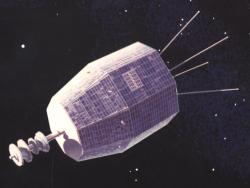
On 23 November 1963, this site received the first transpacific transmission of a TV signal from Mojave earth station in California, U.S.A., via the Relay 1 communications satellite. The Ibaraki earth station used a 20m Cassegrain antenna, the first use of this type of antenna for commercial…
Read More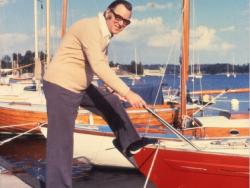
During the winter of 1957-58, Earl E. Bakken developed the first wearable transistorized pacemaker, the request of heart surgeon, Dr. C. Walton Lillehei. As earlier pacemakers were AC-powered, this battery-powered device liberated patients from their power-cord tethers. The wearable pacemaker…
Read More
On 24 December 1906, the first radio broadcast for entertainment and music was transmitted from Brant Rock, Massachusetts to the general public. This pioneering broadcast was achieved after years of development work by Reginald Aubrey Fessenden (1866-1932) who built a complete system of wireless…
Read More

